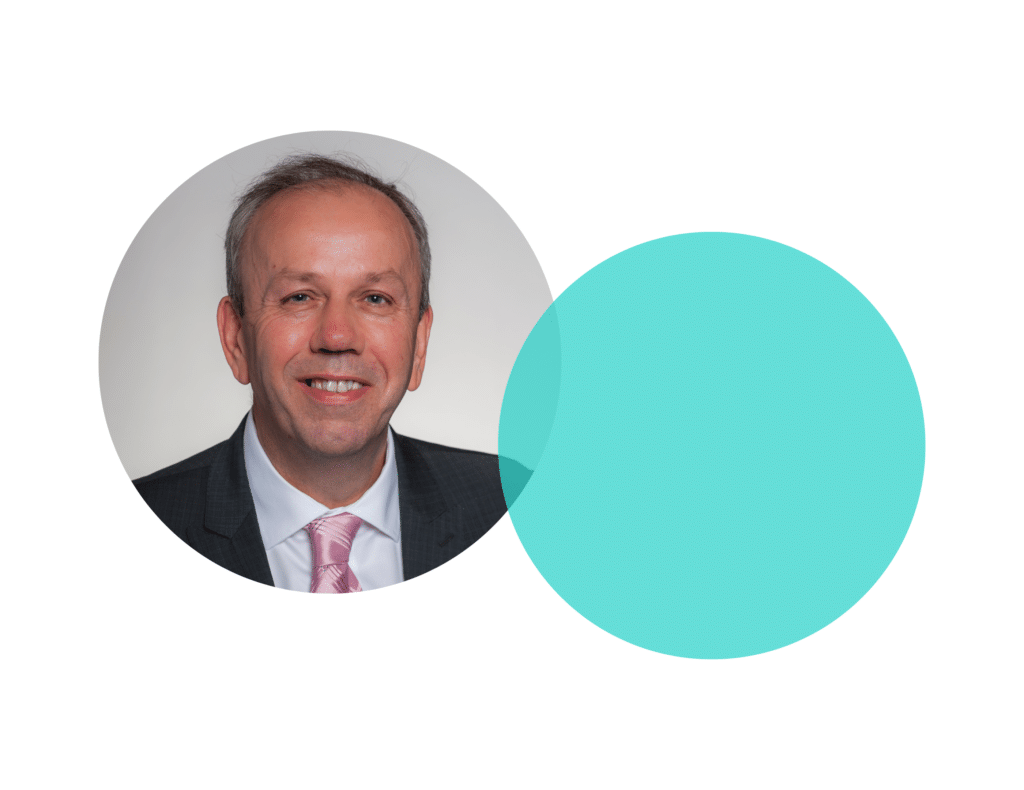
David Greetham, a leading Digital Forensics Expert, recently joined Level Legal as vice president of digital forensics. The native Englishman holds nine patents in the field and is the creator of the first forensically sound remote collections tool. In this Q&A, learn about his journey to forensics, his passion for justice, and his most unusual case.
Q: What attracted you to Level Legal?
A: Throughout my career, I’ve always prioritized delivering positive outcomes for customers. Unfortunately, this isn’t always the norm across all industries. Since I had the opportunity to work with Level Legal, I was genuinely impressed by Level Legal’s culture and dedication. After joining, I see that even more clearly now.
Q: How did you get into digital forensics?
A: I started as a contractor to a local law enforcement agency. The agency regarded my team as their computer experts, even though there were several other tech professionals around. When a challenge arose, they entrusted us with it, saying, “You’re the computer guys. Handle this.” Looking deep into a particular issue led to someone being incarcerated, which was particularly satisfying for me, given my passion for justice. Though I’ve never been in law enforcement, I’ve always been excited by uncovering the truth.
At the time, I recognized that while many aspects of the tech world intrigued me, I had a special inclination towards this investigative side of technology. Some might suggest I have a natural aptitude for it. Merging that passion with a methodical approach and always aiming for the best results for the customer has been a rewarding experience for me.
Q: What’s the toughest challenge you’ve had as a forensic analyst?
A: I hadn’t been in the U.S. for very long but I knew quite a few people in the forensics community. One day, a colleague mentioned needing to collect data from a computer near Lake Okeechobee in Florida. I figured it was just a couple of hours’ drive and agreed to go to the location and image the computer.
As I neared the location, I lost my cell phone signal. I was relying on it for navigation and soon realized I was truly in a remote area. When I arrived at the custodian’s house, the sight that greeted me was unexpected: a man sitting on his porch, rocking back and forth in a chair, with a shotgun across his lap.
In a distinct accent, he said, “You the computer boy?” Attempting to keep things cordial, I explained that I was there to image a computer and mentioned my unfamiliarity with firearms, being from the U.K. Desiring to understand and assuage his concerns, I asked him if he had any apprehensions regarding my visit. It turned out that my contact, whom I had started to second-guess as a friend, hadn’t given me the full story.
After discussing matters for about 20 minutes, I was invited inside, where I successfully created an image of the computer. In a turn of Southern hospitality, he introduced me to my very first sweet tea. The experience was both enlightening and a tad unnerving.
Q: What’s your most unusual forensics case?
A: I recall a unique assignment to Bermuda. I was thrilled about the trip, but the task was unexpected: to create a forensic image of a VHS cassette. Like any diligent forensic professional facing a novel task, I first practiced the procedure. At my lab, I tested the process by having someone watch the recording and the cassette simultaneously to ensure accuracy.
Arriving in Bermuda on a late Thursday night the customer had booked into a luxurious hotel, which cost about a thousand dollars a night. The next morning, I prepared to create an image of the video cassette, anticipating it would take only a few hours. Then the situation took a twist. There was a dispute between the attorneys regarding the procedure. They asked if I could extend my stay until after a scheduled hearing with the judge that afternoon.
As a result, I was asked to stay over the weekend and return for the task on Monday. Instead of sending me back to the States, they accommodated me in a different hotel with a captivating ocean view. When I phoned my wife that night, I shared the mixed news: I wouldn’t be coming home that weekend but was making the most of an unexpected getaway in Bermuda. I rented a moped, explored the island, and indulged in spa treatments.
Monday arrived and imaging the VHS cassette was surprisingly uneventful, taking only 20 minutes. I verified the data, secured a copy, and headed to the airport. That was a memorable experience.
Q: What was your most fulfilling case?
A: I was once involved in a case in the U.K., assisting law enforcement during a hostage situation involving the kidnapping of two children. Without revealing too many details, a key piece of evidence was a proof of life photo. This was before the ability to turn off location services, and this photo embedded longitude and latitude data that indicated where it was taken. I quickly processed the image to extract the EXIF data and it was provided to law enforcement. They used that data to locate and rescue the victims within 12 minutes. It was an incredibly rewarding experience.
Looking to partner with Level Legal? Contact us today.


